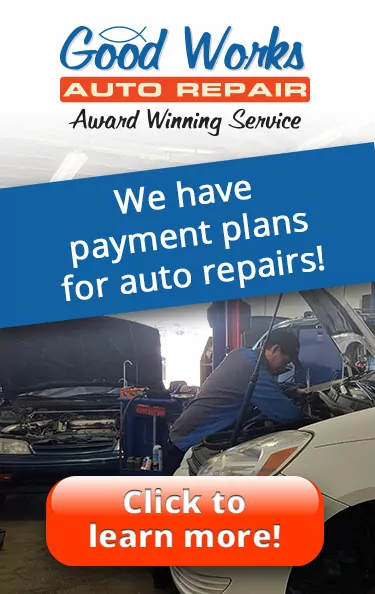 Many people use the terms shocks and struts interchangeably. This often creates confusion as to what each part does and the role each one plays in providing a safe and comfortable driving experience. Let’s take a look at what they are. Also, learn how to recognize the signs and symptoms that indicate it’s time to replace them.
Many people use the terms shocks and struts interchangeably. This often creates confusion as to what each part does and the role each one plays in providing a safe and comfortable driving experience. Let’s take a look at what they are. Also, learn how to recognize the signs and symptoms that indicate it’s time to replace them.
What are shocks and struts?
Part of the confusion about shocks and struts stems from the fact that they have a similar purpose. Both parts are useful in reducing the movement of the spring and helping to prevent excessive bounce. They are the key to a safer and smoother driving experience. Each part is different, however, and they cannot be used in place of the other.
A strut is a structural part of both the suspension and steering systems. It holds the vehicle’s coil spring and is also the part on which angles are adjusted during an alignment. This is one reason why replacing struts typically costs more than shock replacement, since an alignment should be done at the same time.
Shocks, also known as shock absorbers, specifically help to reduce the movement of the springs on a car. Without them, the vehicle will bounce continuously after taking a turn, or hitting just one bump on the road. By dampening the movement of the spring, shocks help the tires stay in contact with the road, adding to driving safety.
When should shocks and struts be replaced?
As with any vehicle part, shocks and struts eventually wear out, or become less effective. You might think that you could continue driving after they’re worn out, believing that you would just have to put up with a bumpier ride. While the comfort of your ride is certainly affected, it’s important to remember that these parts, especially struts, also affect driving safety so they should be replaced when defective.
It’s time to visit your local repair shop if you notice any of the following:
- Excessive bouncing after going over bumps
- Tires that are cupped
- Leaking of hydraulic fluid
- Swaying of the vehicle when driving in strong winds
- The vehicle’s nose dives upon hard braking, or the rear sinks when accelerating
Shocks and struts should be replaced in pairs, not one at a time. Although they are generally replaced after 50,000 miles, they should be inspected regularly by a professional auto repair technician and replaced as needed.





